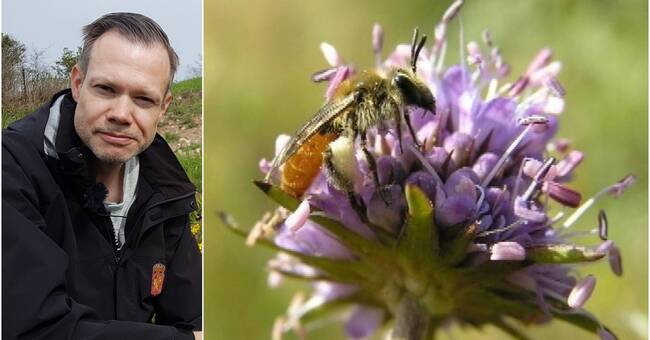Today, there are 300 species of wild bees in the country and which account for the largest share of pollination.
In Östergötland, about 200 species have been found and of these, about 30 are red-listed.
- Many species today risk extinction if the important environments are not created and maintained, says Louise Åkerstedt, in a press release.
The collaboration between Sveaskog and the County Administrative Board of Östergötland has been ongoing since 2013, and to recreate vital environments, the efforts consist of clearing away trees, sly and rice and keeping sand and gravel sites open.
"Red-listed species have re-established"
The measures have provided important conditions for the conservation of wild bees - especially for the red-listed species.
- As an example, the species golden anchovy has re-established itself in a place from which it previously disappeared.
The population has since grown to one of the largest of the species in Östergötland, says Tommy Karlsson, biologist at the County Administrative Board of Östergötland.
From the archive: Tommy Karlsson gives three tips on what you can do to benefit the wild pollinating insects:
Javascript is disabled
Javascript must be turned on to play video
Read more about browser support
The browser is not supported
SVT does not support playback in your browser.
We therefore recommend that you switch to a different browser.
Read more about browser support
Here are three tips to help you get rid of pollinating insects.
Photo: SVT

